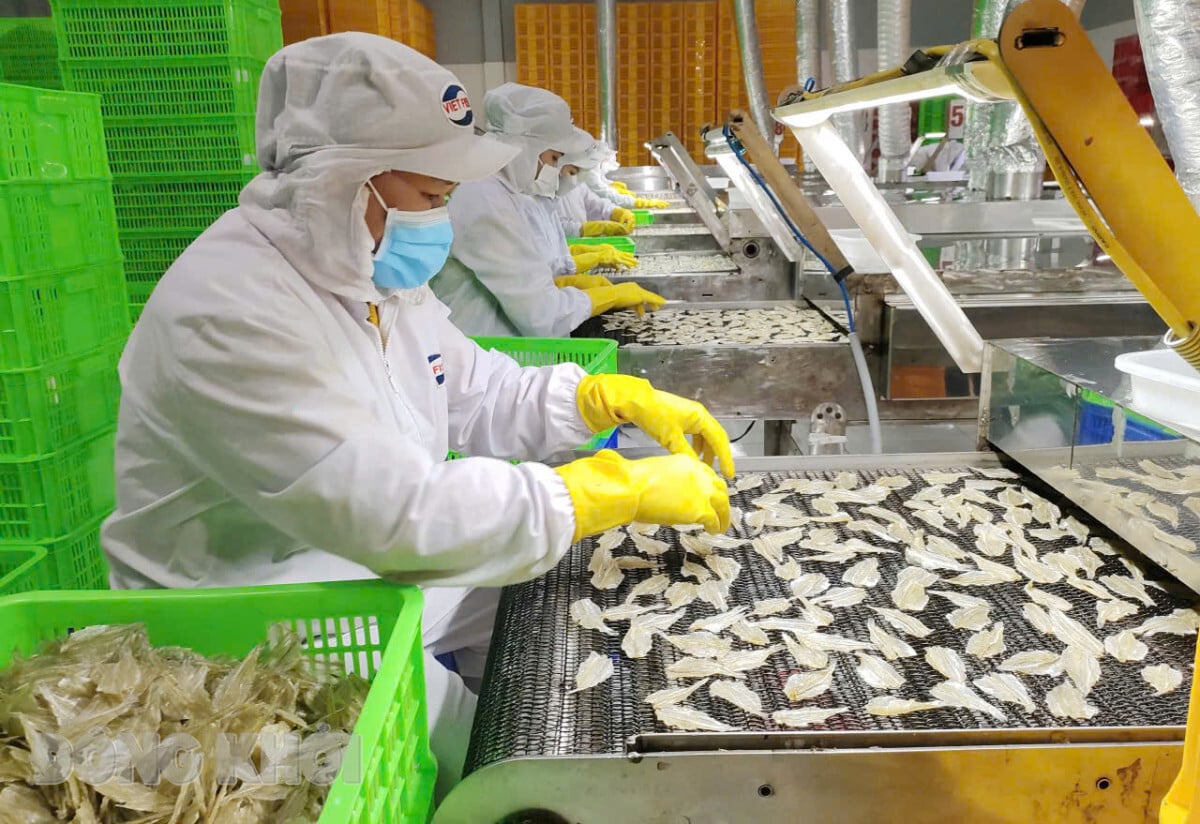
Processing dried fish in Binh Dai district.
The whole province has 56 craft villages.
By 2024, the structure of the occupational groups according to Decree No. 52/2018/ND-CP dated April 12, 2018 of the Government on the development of rural occupations in the province is as follows: Processing and preserving agricultural, forestry and fishery products; handicraft production; processing and handling of raw materials for rural occupational production; production of wooden products, rattan and bamboo, ceramics, glass, textiles, yarn, embroidery, knitting, small mechanics; production and trading of ornamental plants; services for production and life of rural residents. Number of households participating in craft village activities: 11,519 households; average income: 2.453 million VND/person/month. Total number of regular workers: 30,129 workers.
Up to now, the province still has 56 craft villages that have been recognized by the Provincial People's Committee as valid (39 agricultural craft villages, 17 small-scale industrial craft villages). Of which, there are 20 traditional craft villages (11 traditional small-scale industrial craft villages, 9 traditional agricultural craft villages).
In recent years, to support and develop rural industries, the Department of Agriculture and Environment has coordinated with districts and cities to carry out a number of activities such as: Appraising and recognizing traditional craft villages; supporting the construction of craft village gates; holding seminars on the establishment and consolidation of the operation of the Craft Village Management Board; surveying and understanding the situation of craft villages; organizing training courses on policies for craft villages; training on the transfer of science and technology, the use of fertilizers, pesticides, and plant protection drugs that are safe for the craft village environment; training and granting certificates of knowledge on ensuring food safety and quality for households producing in the craft villages of My Long rice paper, Son Doc rice crackers, Phu Ngai rice crackers and processing dried fish in An Thuy commune (Tiem Tom town)...
In addition to support from the agricultural and environmental sectors, small-scale handicraft villages such as My Long rice paper village, Son Doc rice paper village; Phu Le wine village have received attention and support from the industry and trade sector in investing in applying new technology to expand production and participate in exhibitions, introduce and promote products of the craft villages in fairs in and outside the province. From there, it helps craft villages have more channels to reach customers. This also contributes significantly to promoting craft villages to invest in building and maintaining their brands.
Craft villages producing seedlings and ornamental flowers are propagated to apply integrated pest management (IPM), biology in production, mixing methods, spraying time of pesticides, building warehouses, small holes to store bottles, nylon bags, waste to reduce environmental pollution...
Preserve and develop occupations and craft villages
According to Vice Chairman of the Provincial People's Committee Nguyen Minh Canh, in the period of 2026 - 2030 and orientation to 2045, the province will direct departments, branches and localities to organize training and disseminate decrees and decisions of the Government and the Prime Minister on the field of craft village and rural industry development, guide documents and procedures for approaching policies on craft village and rural industry development; build project models to support the preservation and development of traditional occupations and traditional craft villages.
Encourage establishments in rural craft villages to invest in depth, innovate equipment technology, modernize traditional technology according to the motto of combining advanced technology with traditional technology. Participate in fairs and exhibitions in and outside the province, traditional handicraft product competitions on product design and model creation; strengthen trade promotion, introduce and advertise products, find partners to consume products in the domestic market and aim for export.
Mobilize individual producers to establish production types such as cooperatives and cooperatives representing small producers to contact and seek markets, exploit capital, apply new technology to production, and find investment partners for business association.
Diversify forms of capital mobilization from many sources such as capital mobilization from the people, preferential capital sources, credit from the banking system, support from local and central budgets. In which, capital mobilization from the people is the main one; targeted support capital (industrial promotion capital, programs and projects to support production development, trade promotion, brand building).
The main solutions are to restore and preserve traditional occupations and craft villages that are at risk of being lost. Support the development of effective traditional craft villages and new craft villages. Develop raw material areas for craft villages. Train and improve the capacity of artisans, skilled workers and human resources to serve the development of craft villages. Transfer science and technology, apply digital technology to production, meet market demands. Promote trade promotion, build brands for craft village products.
In addition, strengthen propaganda work, raise awareness of the role and importance of preserving and developing crafts and craft villages in socio-economic development, preserving national cultural identity; promote communication, encourage linkages, attract domestic and foreign organizations, units and enterprises to invest in activities to preserve and develop craft villages; encourage people to use and display products of craft villages. Review, advise and propose to perfect policies on preserving and developing craft villages.
Article and photos: Phuong Thao
Source: https://baodongkhoi.vn/chu-trong-phat-trien-nganh-nghe-nong-thon-02042025-a144573.html



![[Photo] Looking back at the impressive moments of the Vietnamese rescue team in Myanmar](https://vstatic.vietnam.vn/vietnam/resource/IMAGE/2025/4/11/5623ca902a934e19b604c718265249d0)


![[Photo] "Beauties" participate in the parade rehearsal at Bien Hoa airport](https://vstatic.vietnam.vn/vietnam/resource/IMAGE/2025/4/11/155502af3384431e918de0e2e585d13a)

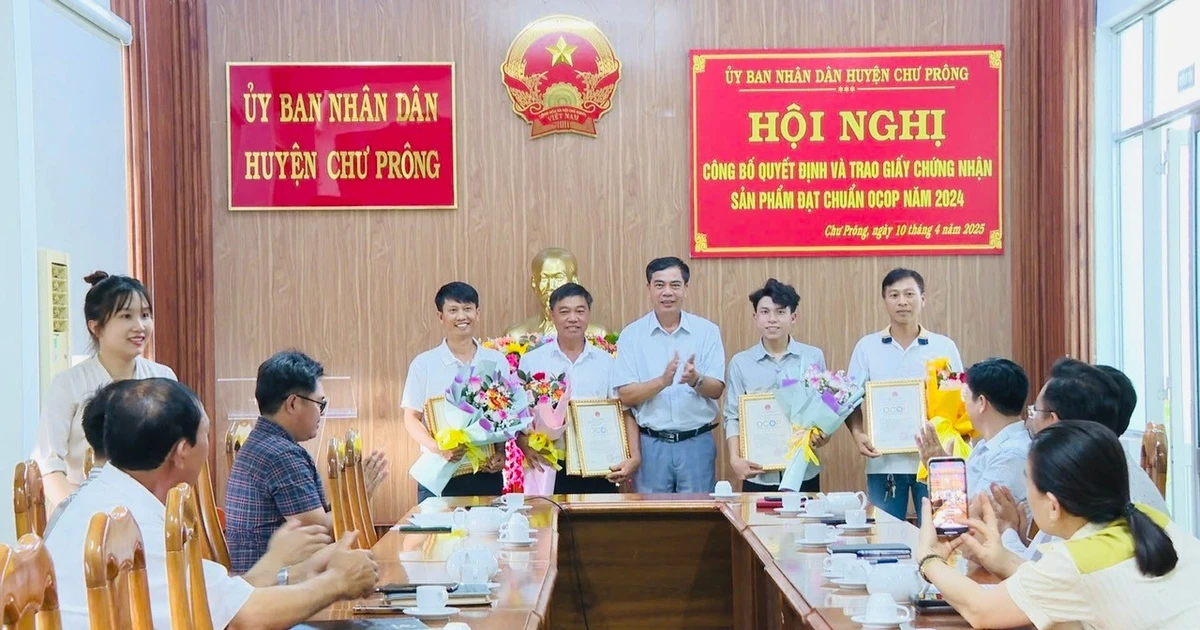
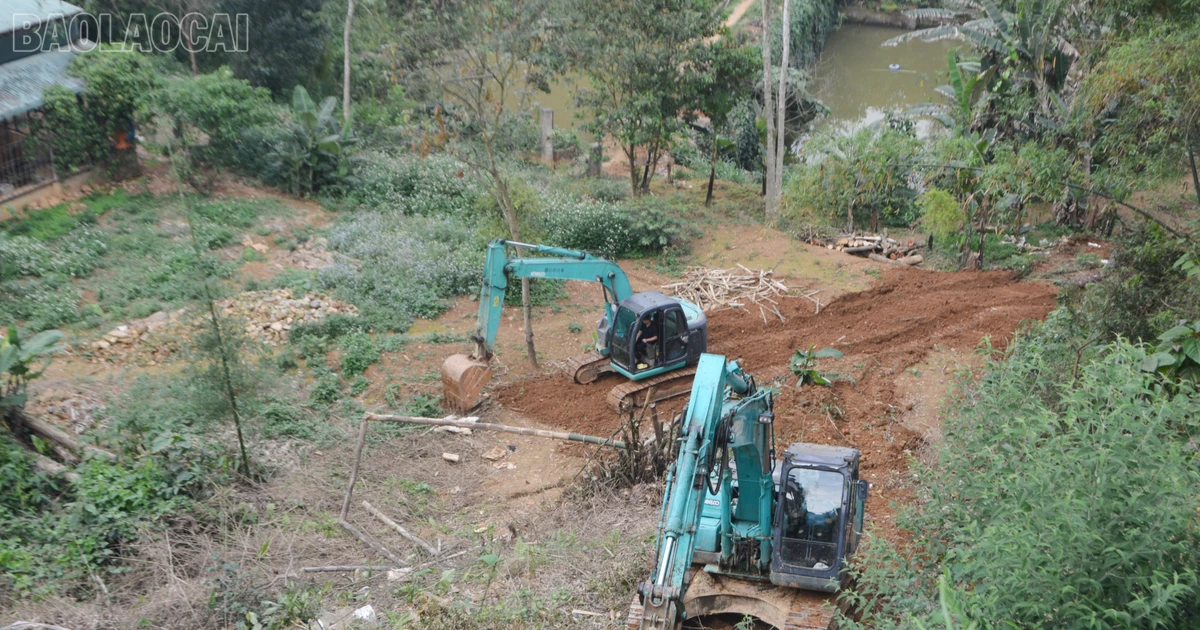







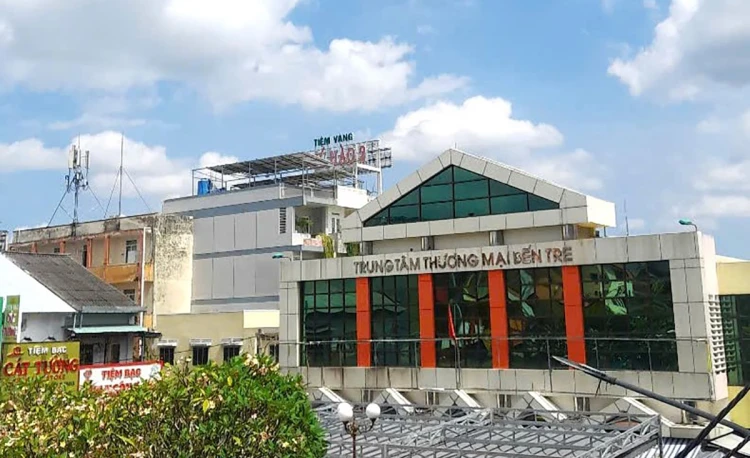
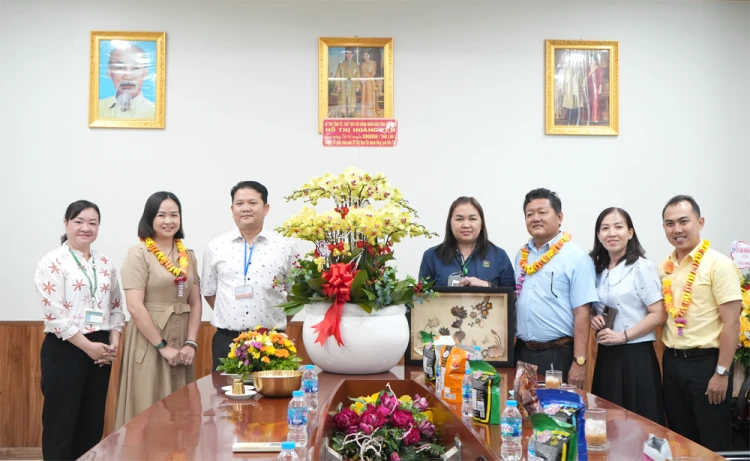

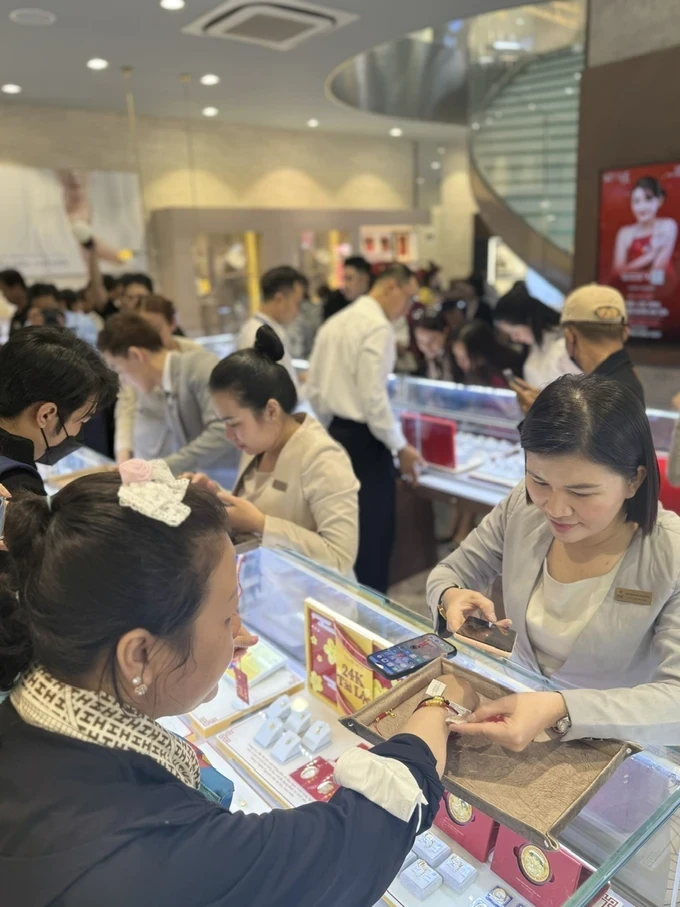
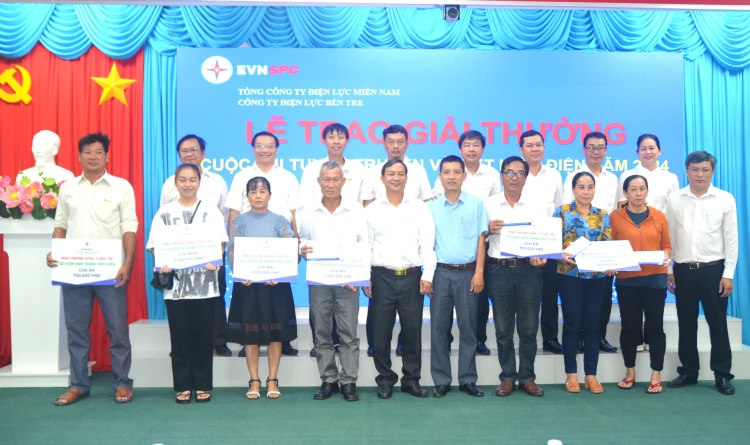

![[Photo] Summary of parade practice in preparation for the April 30th celebration](https://vstatic.vietnam.vn/vietnam/resource/IMAGE/2025/4/11/78cfee0f2cc045b387ff1a4362b5950f)













































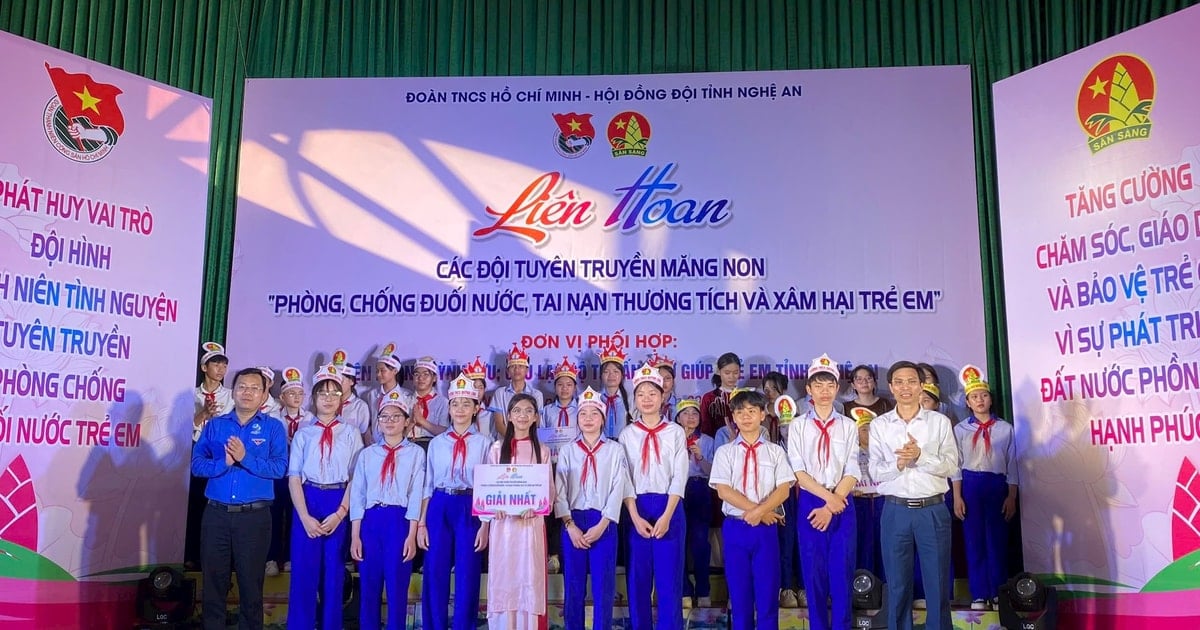



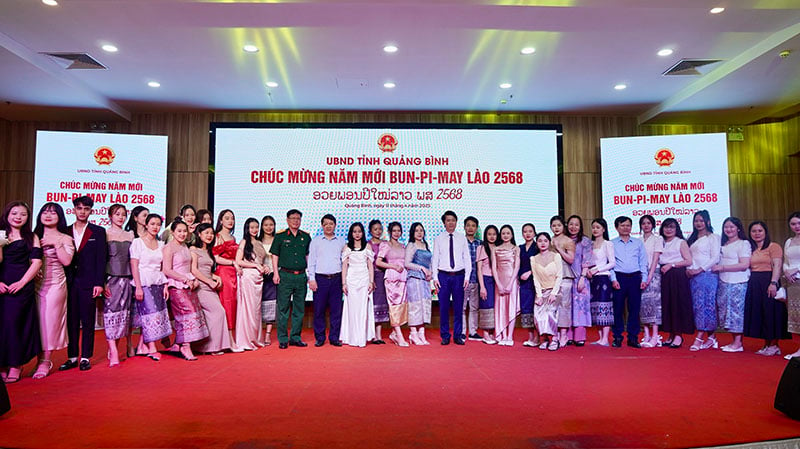

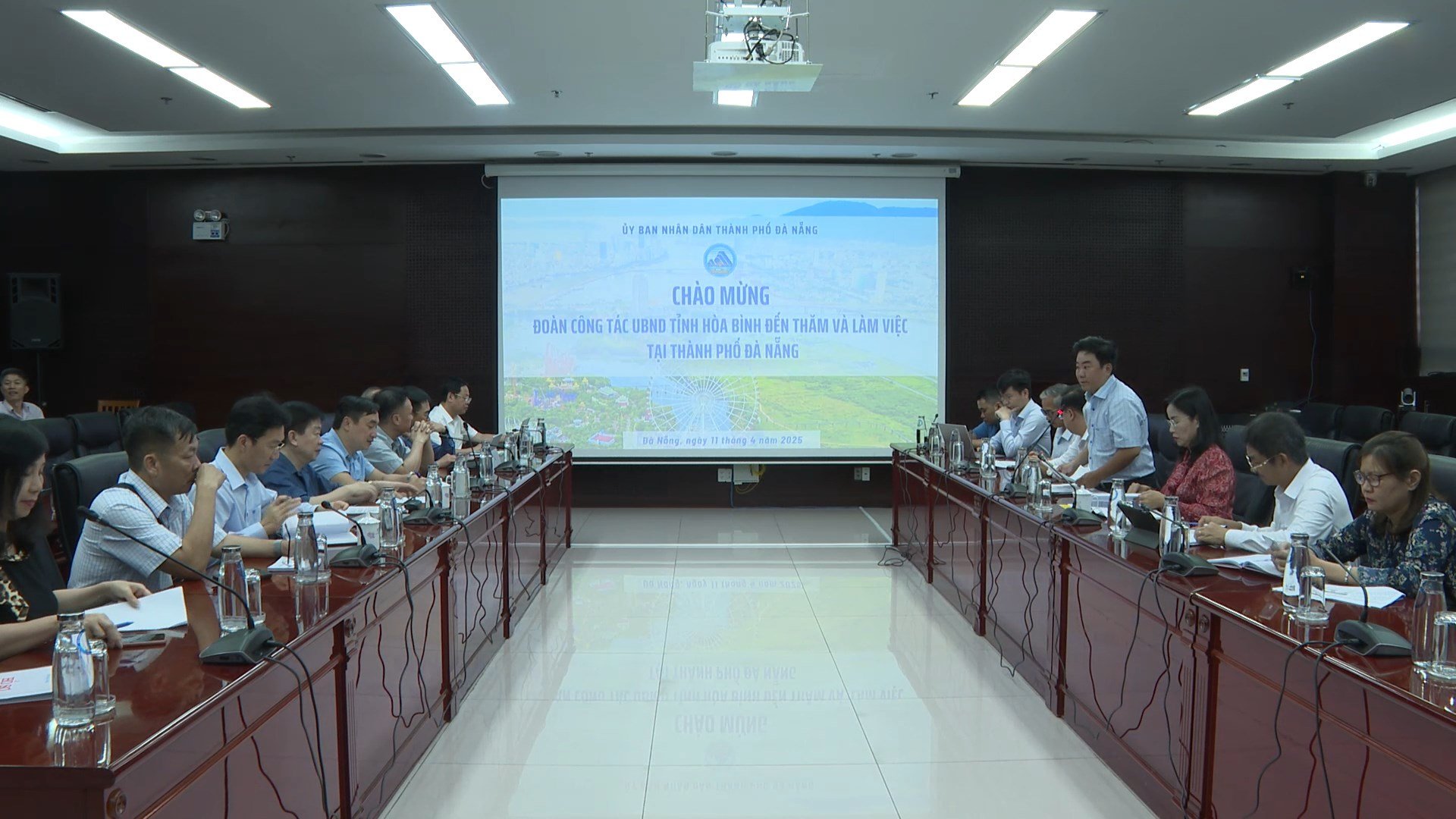










Comment (0)